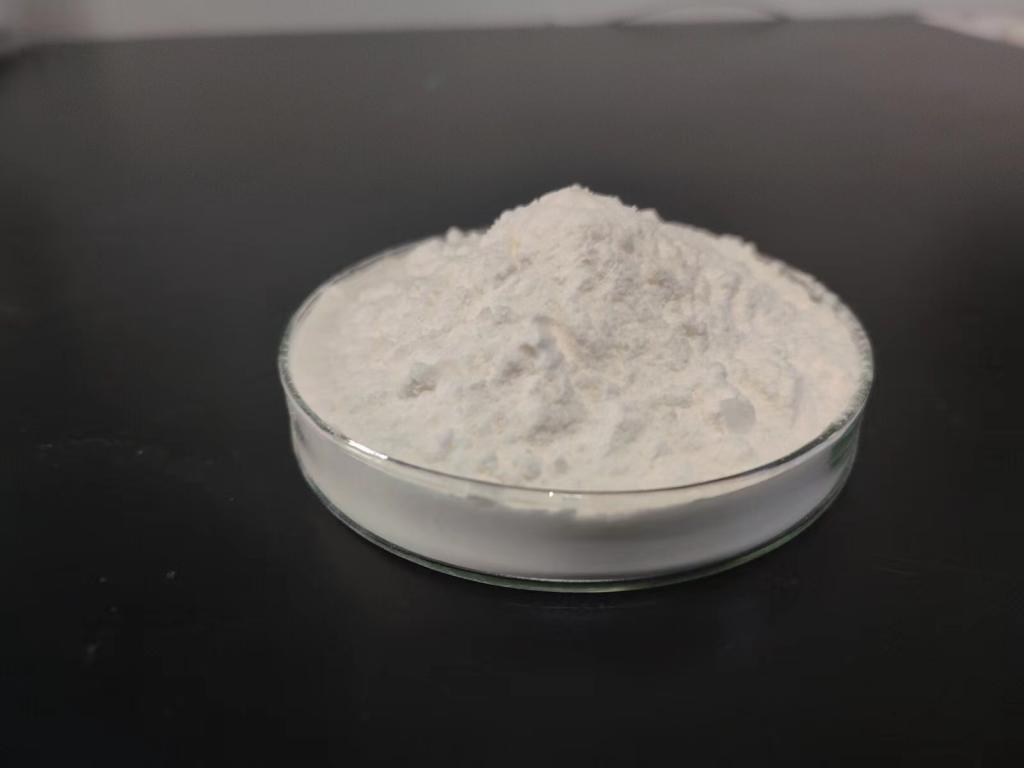Tel:0086 18231198596

News
Unlocking the Therapeutic Potential of ε-Polylysine Hydrochloride in Cancer Treatment.
TIME:2024-05-30
Introduction to ε-Polylysine Hydrochloride
ε-Polylysine hydrochloride is a biodegradable polypeptide produced by certain strains of Streptomyces bacteria. It is composed of multiple lysine residues linked through ε-amino groups and is recognized for its antimicrobial activity against a wide range of pathogens. While its antimicrobial properties have been extensively studied, recent research has revealed additional biological activities of ε-PL, including its potential as an anticancer agent.
Mechanisms of Action in Cancer Cells
The anticancer activity of ε-PL is attributed to multiple mechanisms, including:
Induction of Apoptosis: ε-PL has been shown to induce programmed cell death, or apoptosis, in cancer cells through various pathways. This includes activation of caspases, disruption of mitochondrial function, and modulation of pro-apoptotic and anti-apoptotic proteins.
Inhibition of Cell Proliferation: ε-PL can inhibit the proliferation of cancer cells by disrupting cell cycle progression and blocking DNA synthesis. It exerts cytostatic effects by arresting cancer cells in the G0/G1 or G2/M phase of the cell cycle.
Anti-Angiogenic Activity: ε-PL inhibits angiogenesis, the process by which tumors develop new blood vessels to support their growth and metastasis. By targeting angiogenic factors and endothelial cell function, ε-PL can suppress tumor vascularization and inhibit tumor progression.
Immune Modulation: ε-PL exhibits immunomodulatory effects by enhancing the activity of immune cells, such as natural killer (NK) cells, T cells, and dendritic cells. This leads to enhanced antitumor immune responses and improved immune surveillance against cancer cells.
Preclinical Studies and Experimental Evidence
Preclinical studies have provided compelling evidence supporting the anticancer efficacy of ε-PL across various cancer types:
Breast Cancer: In vitro studies have demonstrated that ε-PL inhibits the proliferation and induces apoptosis in breast cancer cells, including estrogen receptor-positive and -negative subtypes. Animal studies have shown that ε-PL suppresses tumor growth and metastasis in breast cancer xenograft models.
Colorectal Cancer: ε-PL has been shown to inhibit the growth and induce apoptosis in colorectal cancer cells. Animal studies have demonstrated that ε-PL reduces tumor burden and inhibits angiogenesis in colorectal cancer xenografts.
Prostate Cancer: In vitro studies have revealed that ε-PL suppresses the proliferation and migration of prostate cancer cells. Animal studies have shown that ε-PL inhibits tumor growth and metastasis in prostate cancer xenograft models.
Lung Cancer: ε-PL exhibits anticancer activity against lung cancer cells by inducing apoptosis and inhibiting cell proliferation. Animal studies have demonstrated that ε-PL suppresses tumor growth and angiogenesis in lung cancer xenografts.
Leukemia and Lymphoma: ε-PL has shown promising anticancer effects against leukemia and lymphoma cells in vitro and in vivo. It induces apoptosis and inhibits proliferation in these hematological malignancies, offering potential therapeutic benefits.
Challenges and Considerations
Despite the promising results from preclinical studies, several challenges and considerations need to be addressed before ε-PL can be translated into clinical applications for cancer treatment:
Bioavailability: Optimizing the bioavailability and pharmacokinetics of ε-PL is essential for achieving therapeutic efficacy in vivo. Strategies such as nanoparticle formulations, targeted delivery systems, and combination therapies may enhance ε-PL's effectiveness.
Safety Profile: Assessing the safety profile of ε-PL, including its potential toxicity and side effects, is crucial for clinical development. Preclinical toxicity studies and dose escalation trials are needed to determine the maximum tolerated dose and establish safety parameters.
Mechanistic Understanding: Further elucidating the molecular mechanisms underlying ε-PL's anticancer activity will provide valuable insights into its mode of action and facilitate the development of targeted therapies.
Clinical Translation: Conducting well-designed clinical trials to evaluate the efficacy and safety of ε-PL in cancer patients is essential for validating its therapeutic potential. Collaboration between academic researchers, pharmaceutical companies, and regulatory agencies is needed to advance ε-PL from bench to bedside.
Future Directions and Opportunities
Despite the challenges, the future of ε-PL in cancer treatment looks promising, with several opportunities for further research and development:
Combination Therapies: Investigating ε-PL in combination with other anticancer agents, such as chemotherapy, targeted therapy, and immunotherapy, may enhance therapeutic outcomes and overcome resistance mechanisms.
Personalized Medicine: Exploring the use of ε-PL in personalized medicine approaches, where treatment strategies are tailored to individual patients based on their genetic makeup, tumor characteristics, and immune profile, could improve treatment efficacy and patient outcomes.
Biomarker Discovery: Identifying predictive biomarkers of response to ε-PL treatment may help identify patients who are most likely to benefit from therapy and guide treatment decisions.
Drug Repurposing: Considering ε-PL's broad-spectrum antimicrobial and anticancer activities, exploring its potential for repurposing existing drugs or drug candidates for cancer treatment could expedite clinical development.
Global Collaboration: Promoting international collaboration and knowledge sharing among researchers, clinicians, and industry partners will accelerate the translation of ε-PL-based therapies into clinical practice and expand access to innovative cancer treatments worldwide.
Conclusion
ε-Polylysine hydrochloride holds significant promise as a novel therapeutic agent for cancer treatment. Its multifaceted mechanisms of action, preclinical efficacy, and potential for translation into clinical applications make it an attractive candidate for further research and development. Addressing the challenges associated with ε-PL, including bioavailability, safety, mechanistic understanding, and clinical translation, will be critical for realizing its full therapeutic potential. With continued research, collaboration, and innovation, ε-PL may emerge as a valuable addition to the armamentarium of cancer therapies, offering new hope to patients and improving outcomes in the fight against cancer.

 CONTACT
CONTACT




